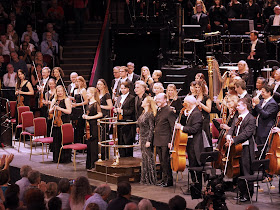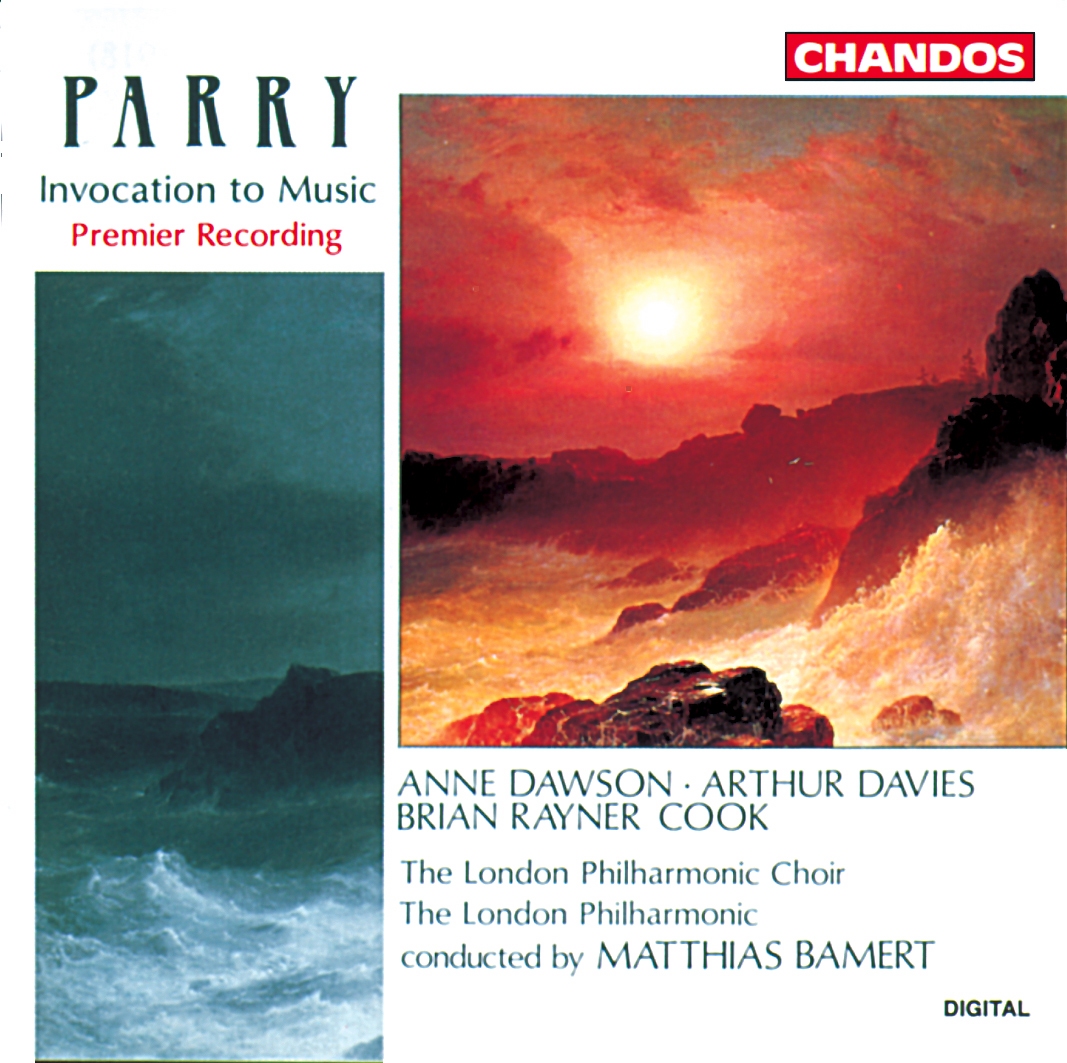Imagine a TV show first screened on 19th July this year, yet already viewed tens of millions of times, sweeping across Chinese communities all over the world. A historical saga, so dramatic that you get addicted, and can't stop watching even though it runs to 70 episodes each 45 minutes long. The Story of Yanxi Palace 延禧攻略 (2018) is sweeping Chinese communities all over the world. Since the population of China itself is close to 1.4 billion, that's a mass market on its own.
A Manchu girl, Eng Wei, enters the Forbidden City in Beijing during the reign of the Qianlong Emperor (1711-1799). The basic story is familiar : the girl did exist, as did her amazing rise from servant to Empress (albeit posthumously), though the exact details vary with each re-telling. This gives viewers context and gives artistic licence to creators. Historical sagas are nothing new, whether in Chinese literature or Chinese film, but this production is a sensation because it is done exceptionally well. Full of incident and variety, the drama is fast paced, and emotionally involving since the characters are well defined. What's more, production values are sumptuous, way above ordinary costume drama - real silks and hand embroidery, not the usual polyester machine-made stuff.. The sets don't look studio, and some scenes are in fact shot in the Forbidden City, whose sheer size and extravagance cannot be matched. Even Shaw Brothers, in their glory days, could do nothing like this!
In the Qian Long period, the Chinese Empire reached an apogee . In one episode, the Emperor is having a party, and recives gifts from his concubines (chosen normally from aristocratic Manchu clans). One gift is an entertainment by a band of eunuchs playing western music on western instruments, which did, in fact, happen, though not exactly like this. They are playing Bach, and the band includes saxophone, guitar and accordion ! The research the production team put into everything else went wrong here, but compared with the rest of the show it's no big deal. One of the Imperial Concubines is a Beijing opera fan, with her own little theatre with good scenes of singing and music. The main thing is that the Emperor and his ladies marvel at the novelty. Though I chuckled at the idea of Bach being played with strange instruments, the concept itself isn't so far fetched. There was a significant Jesuit community in Beijing, who served the Imperial Court, learning the culture and sharing western science and arts. Respecting the Chinese as equals : a far cry from the cannons and coercion policy that would later prevail. Theree are plenty of books on the Jesuits in China, but much of the music they brought to and from, and made themselves, is not well documented. Some manuscripts were hidden after the suppression of the order, not only in China but in Europe.
The best known recording is the Messe des Jesuites de Pekin, which recreates scores published in France between 1636 and 1661, recorded by Auvidis Astrée, with music by Joseph-Marie Amiot, Charles d'Ambleville, Simon Boyleau, and Téodorico Pédrini, some of the Jesuit musicians active in Beijing before that time. The performers are Ensemble Meihua Fleur de Prunus and the choir of the Centre Catholique Chinois de Paris, directed by Francois Pichard, and XVIII-21 Musique des Lumieres directed by Jean-Christoph Frisch. Western baroque meets Chinese orchestration. These are liturgical works adapted for Chinese circumstances and Chinese musicians, presumably parishioners rather than professionals. Some sound like Chinese chant, with accompaniment, some like western choral music of the time, with organ, period strings and Serpent, which gives an exotic feel. In one piece, the choir chants in simple Latin, with Chinese wooden percussion and gongs, while the celebrant (presumably a Jesuit, trained to do so) sings.













